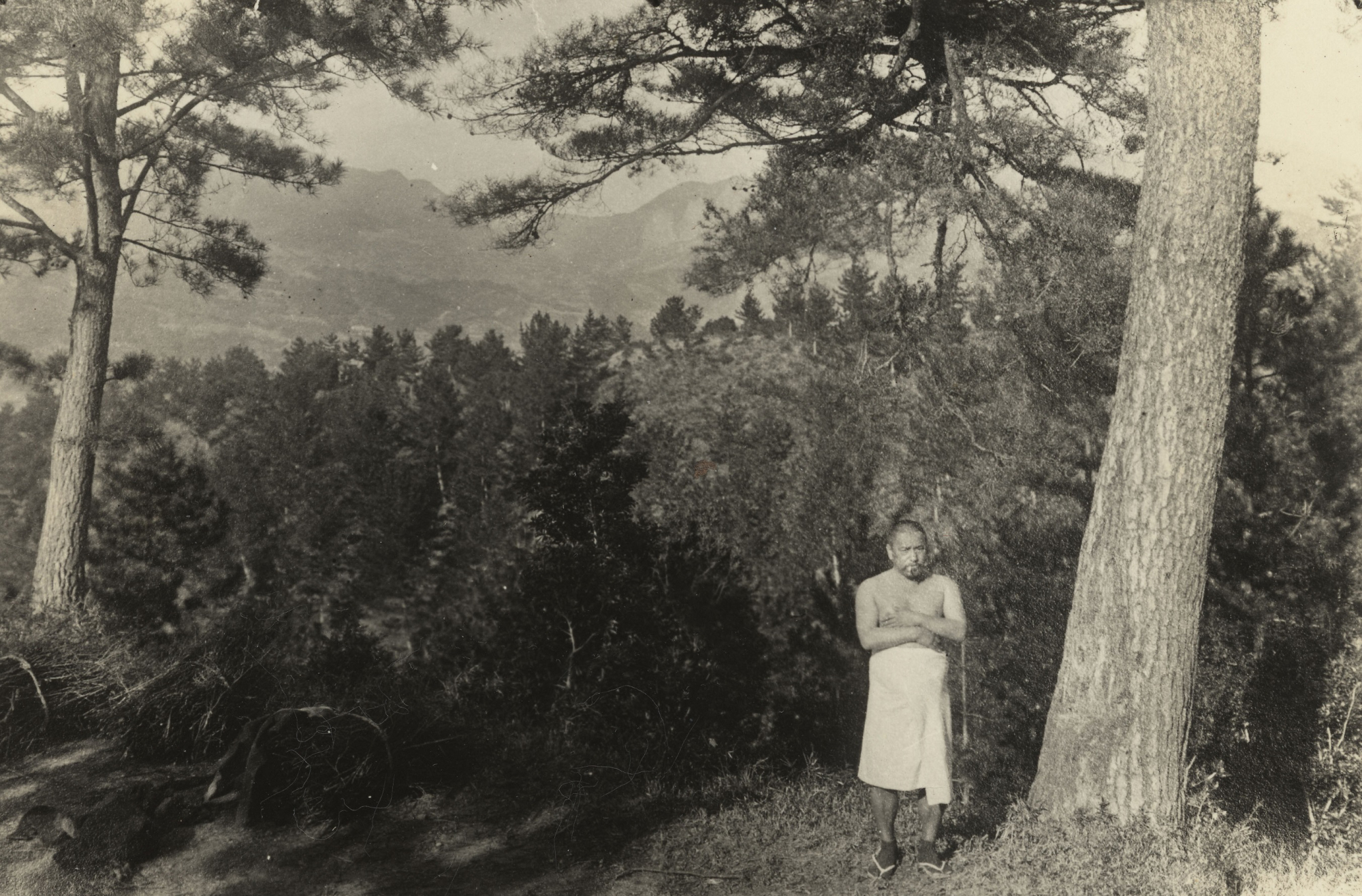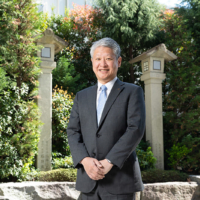In an old black-and-white photograph on show at the National Museum of Nature and Science, Tokyo, Minakata Kumagusu — with a shaved head and dressed only in a waistcloth — stands by a huge tree, arms crossed in seeming defiance. He could easily be a lumberjack or a rural monk whose life of seclusion has been momentarily disturbed by the photographer. It's hard to imagine that the sharp-eyed, almost wild-looking man was, in fact, an acclaimed academic of natural science and humanities.
Despite having no formal higher eduction, degree or even a position at an academic institution, Minakata (1867-1941) was respected by leading international academics, including Sir Augustus Wollaston Franks, keeper of British and mediaeval antiquities and ethnography of The British Museum. He became friends with the Chinese revolutionary Sun Yat-sen, exchanged ideas with the esoteric monk Dogi Horyu of Shingon Buddhism, and even gave a lecture to Showa Emperor Hirohito.
Though best known as a naturalist and folklorist, he was a man of multidisciplinary interests, with expertise in topics that ranged from East and West comparative cultural study to the ancient classics. He spent 14 years living in the U.S. and U.K.; independently collected thousands of plant specimens, notably fungi and slime molds; exchanged letters with international professional researchers; and contributed 51 essays to the British journal Nature during the late 19th to early 20th centuries.



















With your current subscription plan you can comment on stories. However, before writing your first comment, please create a display name in the Profile section of your subscriber account page.